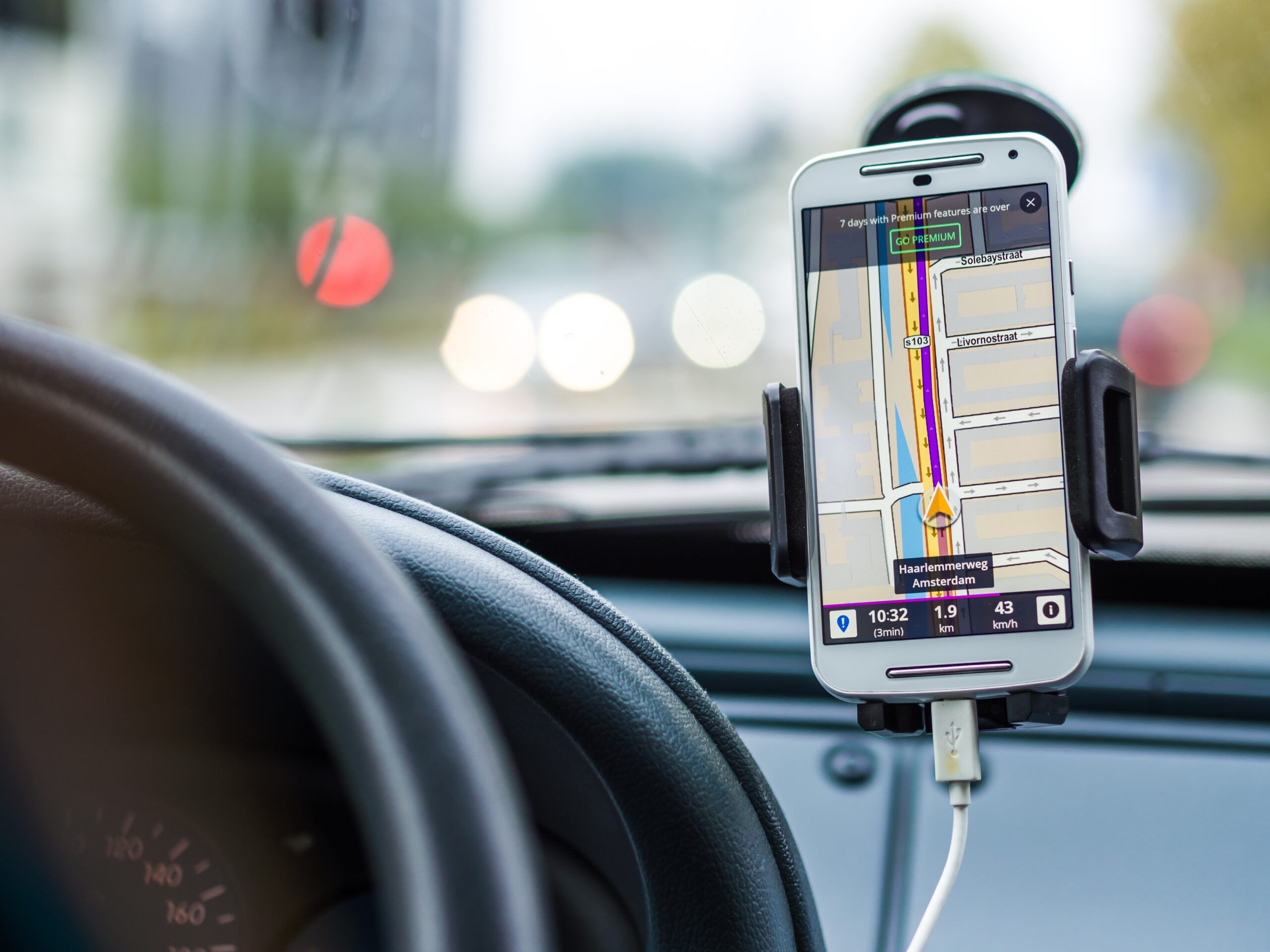
Distracted driving isn’t just a nuisance; it’s a silent epidemic on our roads, claiming thousands of lives each year. We often think of cell phones as the sole culprit, but the truth is, anything that takes your eyes off the road, your hands off the wheel, or your mind off driving can be just as dangerous. From fiddling with the radio to sipping a coffee, these seemingly innocuous actions can have catastrophic consequences, turning a routine commute into a tragedy in mere seconds.
While technology has brought us some solutions in the form of apps designed to curb phone usage, the most powerful tools for preventing distracted driving aren’t found in your app store. They reside within your habits, your preparations, and your conscious decisions. Empowering yourself with practical, actionable strategies that transcend digital solutions is key to ensuring not just your safety, but the safety of everyone sharing the road with you.
In this comprehensive guide, we’ll dive into 15 simple, yet profoundly effective, ways to prevent distracted driving. These aren’t temporary fixes; they are fundamental shifts in how we approach our time behind the wheel, designed to minimize risk and maximize focus, making every journey a safer one. Let’s get started on reclaiming our focus and mastering the art of attentive driving.

1. **Eliminate Multi-Tasking While Driving**The siren song of convenience often leads us to believe we can juggle multiple tasks simultaneously while driving. Whether it’s quickly adjusting a mirror, finding the perfect song on your playlist, or taking a bite of a sandwich, these actions might feel brief and harmless. However, the human brain isn’t designed to effectively multitask complex activities like driving with other demanding tasks.
Every moment your attention is diverted, even for a split second, you’re essentially driving blind. The cognitive load of processing traffic, anticipating road changes, and maneuvering a vehicle is significant on its own. Adding another task, no matter how minor it seems, fragments your focus and severely impairs your reaction time.
To combat this, adopt a strict “before or after” rule. Make it a non-negotiable habit to complete any preparatory tasks—adjusting your seat, setting your mirrors, selecting your music, or even reading a quick text or email—*before* you put the car in drive or *after* you’ve safely reached your destination and parked. This simple boundary reinforces the idea that driving is your singular priority.
This principle extends to basic biological needs like eating or drinking. If you must consume something, finish it before you start your journey. If hunger strikes mid-trip, pull over to a safe location. By consciously eliminating the temptation to multi-task, you dedicate your full mental and physical resources to the road, dramatically reducing the risk of a distracted driving incident.
Read more about: Beyond the Buzz: Unpacking Why Younger Generations Are Ditching Traditional Stereo Systems

2. **Speak Up as a Passenger**Often, as passengers, we find ourselves in a precarious position when the driver we’re riding with becomes distracted. There’s a natural inclination to avoid confrontation or to assume the driver has everything under control. However, when the driver’s focus wavers, everyone in the vehicle, and indeed other road users, is put at immediate and unnecessary risk.
Your role as a passenger extends beyond simply being transported; it includes being an active advocate for safety. If you observe the driver texting, fiddling excessively with controls, or engaging in any behavior that takes their attention away from the road, it’s not only your right but your responsibility to speak up. Your voice can be the crucial intervention that prevents an accident.
Approach the situation with a calm, non-judgmental tone, focusing on safety rather than blame. A simple, direct statement like, “Could you please focus on the road?” or “I’m feeling a little uneasy with that distraction” can be incredibly effective. Most drivers, when gently reminded, will correct their behavior out of concern for their passengers’ well-being and their own safety.
Remember, your comfort and safety are paramount. Empower yourself to intervene. It might feel awkward initially, but a moment of discomfort is a small price to pay for preventing a potentially life-altering collision. Your intervention could literally save lives, including your own.
Read more about: Built to Last: 12 Reliable Sedans That Will Cruise Past 200,000 Miles
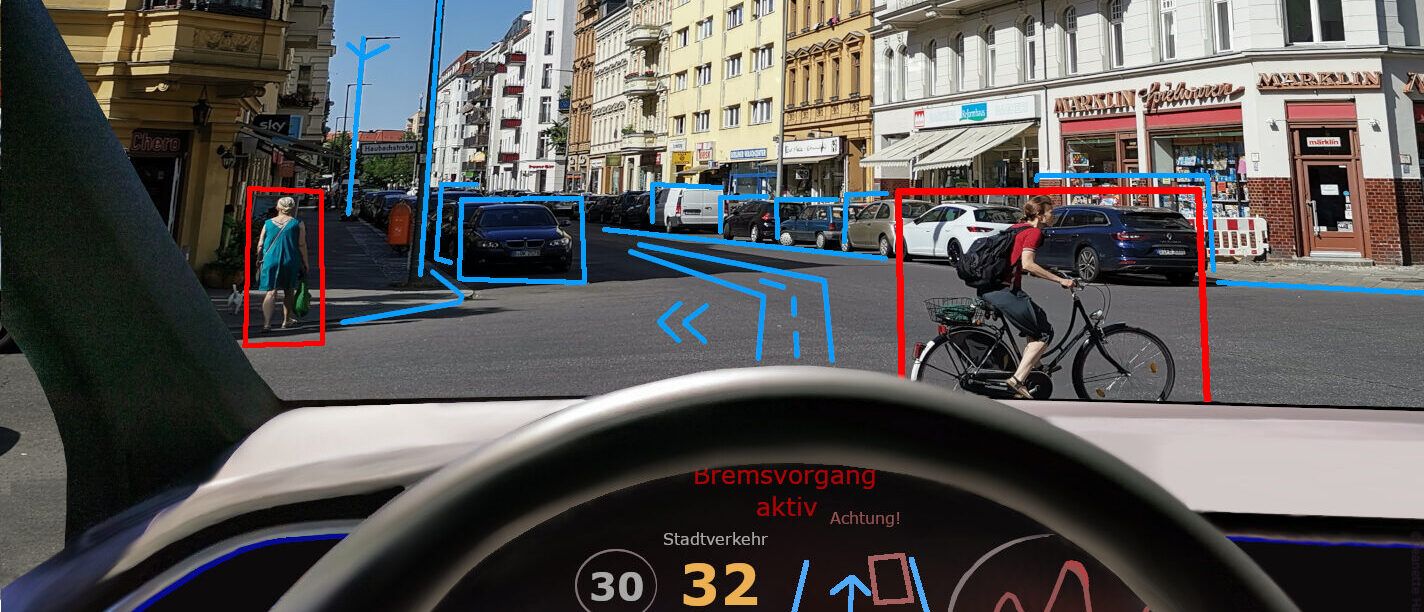
3. **Assist the Driver**Building on the proactive role of a passenger, actively assisting the driver is a powerful way to mitigate distractions before they even arise. Drivers are often overwhelmed with managing various aspects of the journey, from navigation and climate control to entertainment and passenger needs. These secondary tasks, while important, can easily pull their attention away from the primary task of driving.
By offering to take on these responsibilities, you effectively become a co-pilot, freeing the driver to concentrate solely on the road ahead. This could mean taking charge of the GPS, inputting destinations, or giving clear, concise directions. It might involve managing the music playlist, adjusting the air conditioning, or even handling phone calls via a hands-free system.
Beyond technical tasks, assisting the driver can also mean tending to the needs of other passengers, particularly children or pets. If a child needs a toy, a snack, or attention, a passenger can safely provide it without requiring the driver to reach into the back seat or divert their gaze. This collaborative approach creates a safer driving environment for everyone.
Make it a habit to proactively ask, “How can I help you focus on driving?” or “Can I manage the music/GPS for you?” This not only reduces the driver’s cognitive load but also demonstrates a shared commitment to safety. A well-supported driver is a more focused driver, and a focused driver is a safer driver.
Read more about: Built to Last: 12 Reliable Sedans That Will Cruise Past 200,000 Miles

4. **Educate Young Drivers on Responsibilities**For parents and guardians, the transition period when a teen begins driving is critical for instilling safe habits. Young and novice drivers, due to their inexperience and sometimes overconfidence, are particularly susceptible to distracted driving behaviors. They may not fully grasp the gravity of diverting their attention, making explicit education indispensable.
It’s crucial to have open, honest conversations with teens and young adults about the immense responsibility that comes with getting behind the wheel. Driving is not merely a means of transportation; it is a complex skill that demands unwavering focus. Share real-world stories and statistics related to teen drivers and distracted driving incidents to underscore the very real and tragic consequences.
Emphasize repeatedly that texts, phone calls, social media notifications, and other digital interactions can, and must, wait until the vehicle is safely parked. Reinforce the message that no message or call is so urgent that it justifies risking a life. These boundaries should be set clearly and consistently, establishing an expectation of full attention while driving.
Furthermore, utilize resources like the CDC’s Parent-Teen Driving Agreement to formalize these expectations. This collaborative approach allows both parent and teen to commit to a set of rules, creating a shared understanding of safe driving practices that prioritize focus and responsibility above all else.
Read more about: Unlock Your Savings: 12 Actionable Steps to Negotiate the Best Used Car Loan Interest Rate
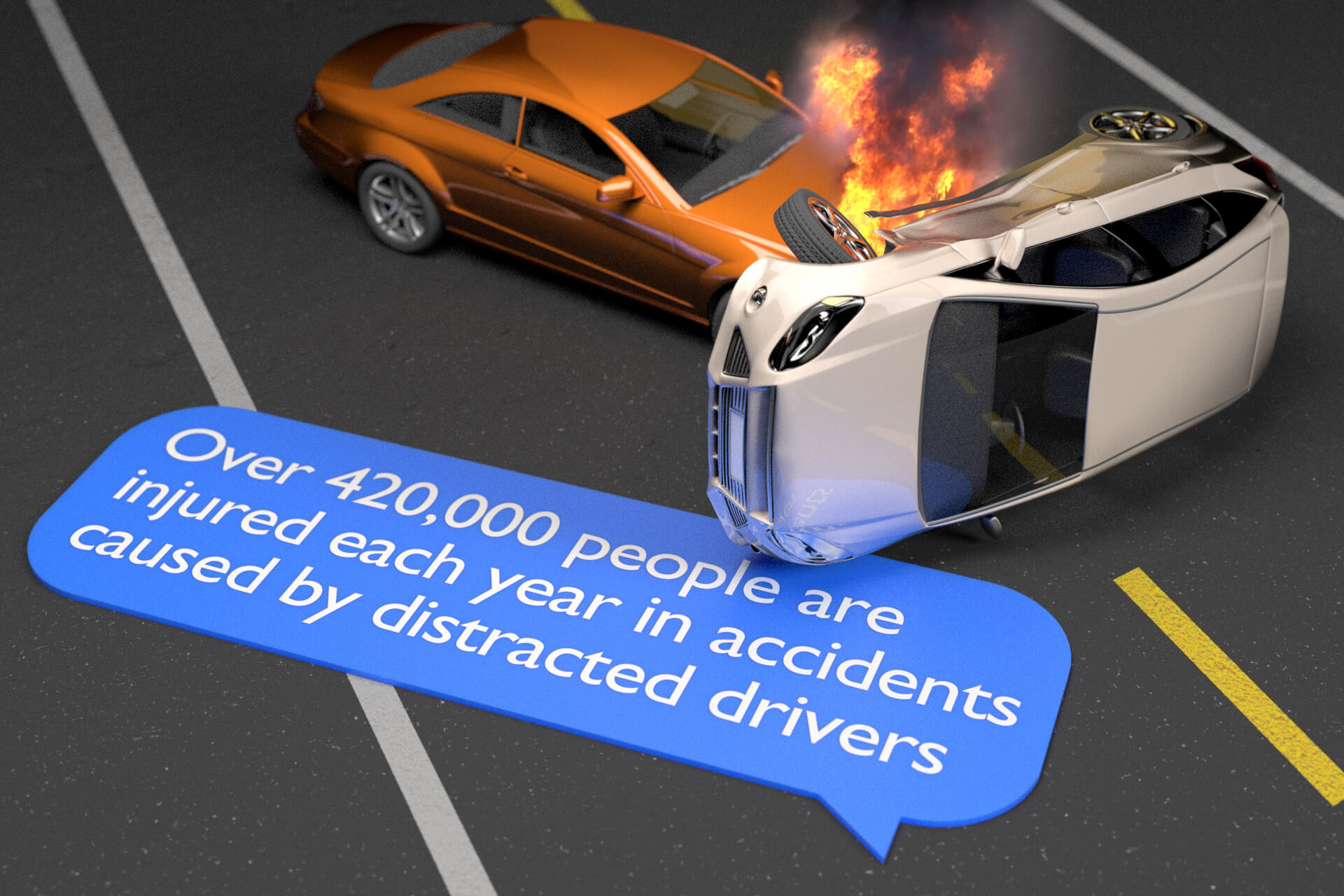
5. **Know Your State’s Distracted Driving Laws**While personal commitment to safe driving is paramount, understanding the legal framework surrounding distracted driving in your state provides an additional layer of incentive and accountability. Ignorance of the law is never an excuse, and the penalties for distracted driving can be surprisingly severe, impacting your finances, insurance rates, and driving record.
Many states have specific laws that prohibit texting while driving, and an increasing number are implementing hands-free laws for cell phone use. Furthermore, novice drivers often face stricter provisions within these laws, reflecting the heightened risk associated with inexperience. Being aware of these regulations isn’t just about avoiding a ticket; it’s about understanding the societal agreement on safe driving practices.
Take the initiative to familiarize yourself with your state’s particular distracted driving statutes. This includes knowing what constitutes a violation, the fines associated with it, and the potential impact on your driver’s license. This knowledge can serve as a powerful deterrent, especially when the temptation to glance at your phone or engage in another distracting activity arises.
Discuss these laws with family members, particularly young drivers, to ensure everyone understands the legal consequences. By internalizing both the safety imperative and the legal ramifications, you reinforce a comprehensive commitment to keeping your eyes and mind on the road and your hands on the wheel.
Read more about: The Unseen Drivers: Deconstructing Unlicensed Driving Laws, Viral Myths, and the Future of Road Safety

6. **Lead by Example**For anyone with influence over other drivers, especially parents, the most potent lesson you can teach about distracted driving isn’t delivered through lectures or warnings; it’s demonstrated through your own behavior. Children, teens, and even adult passengers are constantly observing your actions behind the wheel, consciously or unconsciously internalizing your driving habits.
If you preach about the dangers of texting while driving but routinely check your phone at stoplights or while waiting in traffic, your words lose all credibility. The disconnect between what you say and what you do sends a confusing and ultimately damaging message. Consistency is key to truly instilling safe driving values in others.
Make it an unbreakable rule for yourself: when you are driving, your eyes are on the road, and your hands are on the wheel. Resist the urge to glance at your phone, adjust complex settings, or engage in any behavior that you would deem unsafe for others. Be the unwavering model of an attentive and focused driver in every journey.
This commitment to leading by example not only sets a positive standard for those around you but also strengthens your own resolve. It reinforces the importance of safety for yourself and ensures that the message about avoiding distracted driving is delivered clearly and powerfully through consistent action.
Read more about: The Worst of the Worst: From Failed Future Forecasts to Tricky Grammar Traps

7. **Fully Focus on Driving**Beyond simply avoiding specific distractions, cultivating a mindset of ‘full focus’ is perhaps the most fundamental and effective strategy against distracted driving. Driving is not a passive activity that allows for idle thought or casual observation of the periphery; it is an active, dynamic process that demands continuous vigilance and engagement with your surroundings.
This means actively scanning the road ahead for potential hazards, constantly checking your rearview and side mirrors to be aware of vehicles around you, and being acutely mindful of pedestrians, cyclists, and changing traffic patterns. It’s about being present in the moment, anticipating movements, and preparing to react to unexpected situations with a clear head.
A common distraction is what’s known as “rubbernecking” – slowing down or craning your neck to look at an accident, roadside event, or even an interesting billboard. While human curiosity is natural, diverting your gaze from the moving lane of traffic, even for a few seconds, can lead to dangerous consequences, including rear-end collisions or drifting into other lanes.
If something outside your vehicle truly captures your attention, whether it’s a beautiful sunset, an interesting landmark, or an incident, resist the urge to observe it while in motion. Instead, find a safe place to pull over and park. Only then can you take your time to admire, assess, or simply satisfy your curiosity without compromising safety.
Read more about: Beyond the Sitcoms: Unpacking the ’90s Darkest Chapters and the Iconic Figures Who Faced Its Tragic ‘Curse’

8. **Secure Loose Items**It might seem trivial, but an unsecured item rolling around your car can quickly transform from a minor annoyance into a significant and dangerous distraction. That water bottle that tumbles off the seat, the pen that rolls under the brake pedal, or the sunglasses that slide onto the floor can trigger an impulsive urge to retrieve them, leading to a perilous loss of focus.
Reaching for a fallen item means taking your eyes off the road, and often, at least one hand off the steering wheel. This brief moment of distraction, combined with a sudden lurch or swerve, is all it takes to lose control of your vehicle or miss a critical event unfolding in front of you. The risk is simply not worth retrieving a minor item.
Before you even put your car in drive, make it a proactive habit to secure all loose gear, possessions, and potential projectiles. Utilize your car’s built-in storage solutions: cup holders for drinks, door panels for small items, the glove compartment for documents, and the center console for accessories. For larger items, the trunk is always the safest place.
By ensuring everything is safely stowed and won’t shift unexpectedly during your journey, you eliminate a common source of both visual and manual distraction. A tidy and organized car isn’t just aesthetically pleasing; it’s a fundamental component of a safe driving environment, allowing you to maintain unwavering focus on the task at hand.
Navigating the complexities of modern life means our attention is constantly being pulled in different directions. But when you’re behind the wheel, that precious focus must be singular. While the first eight strategies laid a strong foundation for a safe driving mindset and proactive preparation, the journey often throws unexpected curveballs. This next set of powerful, non-app-based tips focuses on maintaining continuous vigilance and skillfully managing those unforeseen distractions that can arise once you’re already on the road, ensuring your safety from start to finish. Let’s delve into the crucial adjustments and habits that empower you to remain alert and responsive throughout your drive.
Read more about: Emergency Ready: Your Step-by-Step Guide to Safely Changing a Tire on a Busy Highway
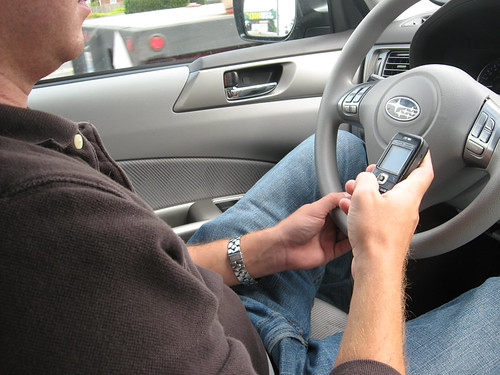
9. **Stow Your Phone Out of Sight and Reach**Even with the best intentions, the mere presence of your cell phone can be a powerful lure, turning a quick glance into a dangerous distraction. Many of us have developed a habit of instinctively reaching for our devices whenever our hands are free, even during brief stops like traffic lights. This unconscious impulse can easily lead to a lapse in focus, causing you to miss critical road cues or the light turning green, creating a real risk of an accident when it could have been entirely preventable.
To effectively combat this pervasive habit, it’s essential to remove the temptation entirely. Before you even put your car in drive, make a conscious effort to stow your phone somewhere it is completely out of sight and, crucially, out of easy reach. This might mean placing it in your glove compartment, securing it in your purse or bag on the back seat, or even tucking it into the trunk, ensuring it won’t be a source of distraction.
The goal here is to create a physical barrier that prevents those automatic grabs and glances. By making your phone inaccessible, you effectively eliminate the constant visual and psychological pull it exerts, freeing your mind to dedicate its full attention to the complex task of driving. This simple, physical act creates an immediate and undeniable commitment to undistracted driving, reinforcing your resolve.
Remember, no text, social media update, or notification is worth risking your life or the lives of others on the road. Physically separating yourself from your phone while behind the wheel is a proactive and highly effective step towards ensuring every journey is a safe one, allowing you to remain fully present and focused on the road ahead, protecting yourself and those around you.
Read more about: Buckle Up! These Are the 13 Most Jaw-Dropping, Wacky, and Seriously Shocking Things Left Behind in Rental Cars
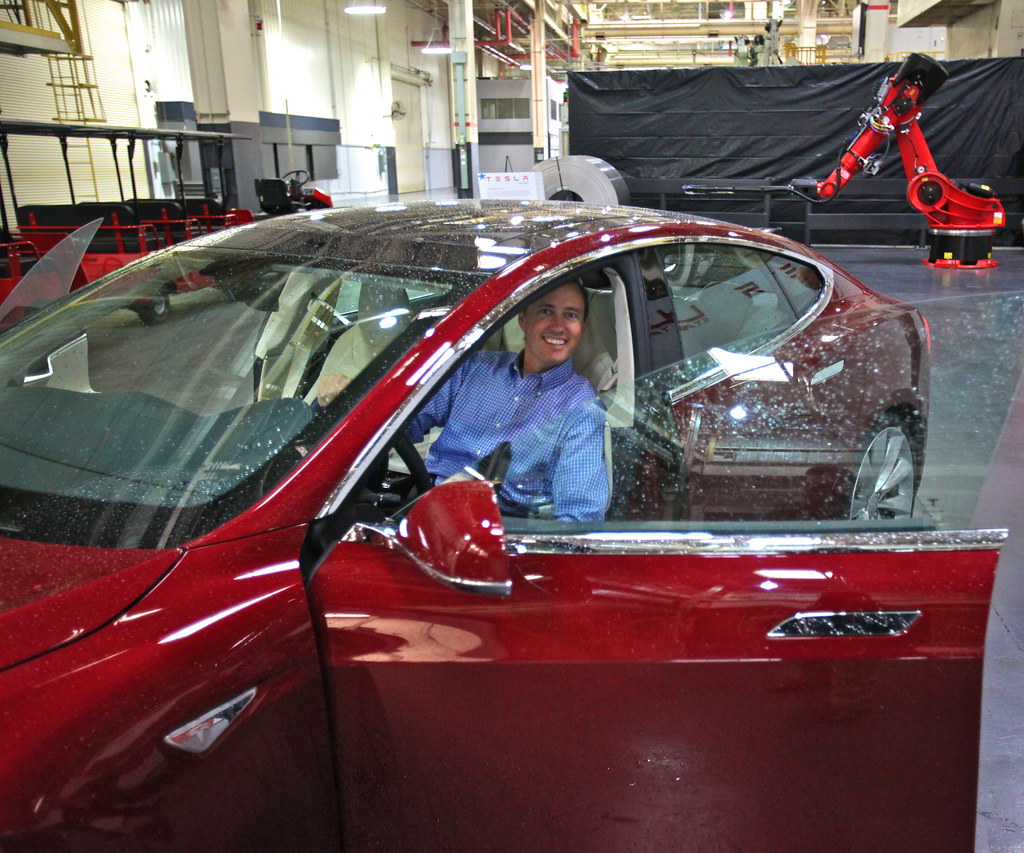
10. **Pull Over for Any Demanding Task**Life on the road is unpredictable, and sometimes, a sudden need arises that demands your immediate attention – a child’s dropped toy, a crucial phone call, or an unexpected change in your GPS route. Many car accidents happen when drivers attempt to handle these seemingly simple or inconsequential things with their eyes and minds off the road, even for a few brief seconds. The risk of injury, or worse, just isn’t worth it.
Instead of trying to multi-task or reach for something while your vehicle is in motion, develop the habit of pulling over to a safe location. If you need to retrieve something in the backseat, make a return phone call, or adjust complex settings, find a parking lot, a designated rest stop, or a safe shoulder of the road. This small detour significantly reduces the potential for a dangerous situation to unfold.
Taking this deliberate action means you can attend to the demanding task with your full focus, without compromising your safety or the safety of others. Whether it’s calming a child, picking up a dropped item, or revising your travel plans, completing these actions while safely parked allows you to reset and then re-engage with driving with renewed concentration.
This principle applies to anything that might divert your full attention from the primary task of driving. Your ability to calmly and responsibly pull over when something unexpected demands your focus is a hallmark of an attentive driver. It’s a fundamental strategy for managing the inevitable distractions that can arise mid-journey and ensuring you maintain control and awareness.
Read more about: 15 Powerful Time Management Strategies: What Top Female Tech CEOs and Visionary Leaders Swear By

11. **Secure Children and Pets**While we often focus on digital distractions, moving objects within the car, particularly unsecured children or pets, can be just as hazardous, if not more so. A child reaching for a dropped toy or a pet moving freely around the cabin can instantly pull your eyes and hands away from the road, leading to a precarious loss of focus and control.
Ensuring everyone in your vehicle is safely secured before you set off is a non-negotiable step for preventing distracted driving. Children should always be properly buckled into age and size-appropriate car seats, and any comfort items they might need should be within easy reach or secured to prevent them from falling. This minimizes the need for you to intervene while driving.
The same vigilant approach applies to our beloved furry family members. Roaming pets are not only a significant visual and manual distraction but also pose a severe risk to themselves and other passengers in the event of a sudden stop or collision. Utilize appropriate pet carriers, seatbelt harnesses, or car seats designed for animals to keep them securely contained throughout the journey.
If, despite your best efforts, a child or pet genuinely needs your attention mid-trip, the safest course of action is to pull over to a safe spot. Reaching into the backseat or attempting to manage an active pet while driving can cause you to lose control of the vehicle. Prioritizing their safety, and yours, by stopping the car is always the smartest choice.
Read more about: The 14 Essential Questions to Ask Before Buying a Car: Your Comprehensive Guide to Safety and Value

12. **Actively Scan Your Surroundings**Beyond simply keeping your eyes “on the road,” truly focused driving demands an active and continuous engagement with your environment. It’s not enough to just look forward; a highly attentive driver constantly scans and processes information from all around their vehicle to anticipate and react to potential hazards. This active scanning is a cornerstone of continuous vigilance.
Make it a habit to regularly check your rearview and side mirrors, ideally every 5-8 seconds. These quick glances provide vital information about the vehicles around you, their positions, and their speeds, helping you to build a comprehensive mental picture of the traffic flow. Don’t forget to check your blind spots before changing lanes or making turns, ensuring you’re fully aware of your immediate surroundings.
Your active scanning should also extend far ahead of your vehicle. Be on the lookout for upcoming construction zones, closed lanes, debris on the road, or any signs of accidents that might require you to adjust your speed or route. This forward-thinking approach allows you to react proactively rather than merely reactively, giving you crucial extra seconds to respond safely.
By consistently monitoring your surroundings, you keep your brain engaged and alert, preventing the mind from wandering or slipping into a distracted state. This continuous process of observation and assessment helps you anticipate the actions of other drivers, pedestrians, and cyclists, preparing you to respond to changing traffic conditions and unexpected events with greater safety and confidence.
Read more about: Is Your Phone Battery Dying Too Fast? Uncover the 15 Sneaky Culprits and Master the Fixes!
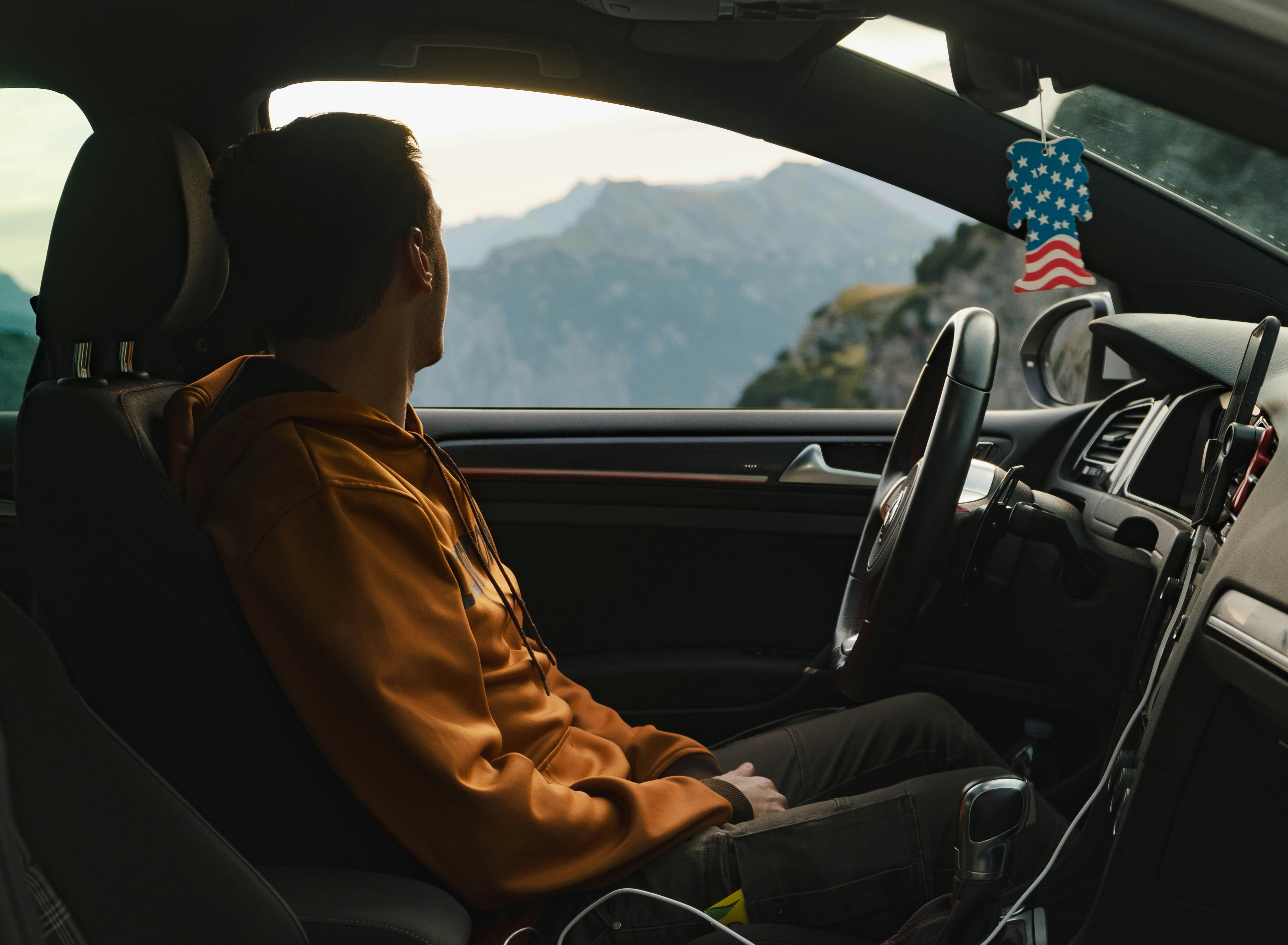
13. **Manage In-Car Stimuli**Sometimes, the biggest distractions don’t come from outside the car, but from within the cabin itself. Overstimulation from loud music, boisterous children, or a barking dog can quickly overwhelm a driver, making it nearly impossible to maintain the acute focus required for safe driving. This internal chaos can be just as dangerous as external distractions, if not more so, because it impacts your cognitive function directly.
Recognize the signs of being overwhelmed and take proactive steps to reduce the stimuli. If the kids’ music is blasting, they’re yelling, and the dog is barking all at once, you might find your focus fragmenting. In these moments, implementing a “mandatory car quiet time” can be an incredibly effective strategy to regain control and recenter your attention.
This could involve simply turning off the music, gently asking everyone to quiet down, or, if necessary, pulling over to a safe location to calm children or address a restless pet. The goal is to create a more serene and manageable environment within the car, allowing your brain to process the critical information from the road without being overloaded by competing internal demands.
Taking charge of your in-car environment empowers you to manage the cognitive load and prevent mental fatigue. By consciously reducing overwhelming stimuli, you ensure that your mind remains sharp and fully dedicated to the task of driving, protecting everyone in the vehicle from the risks associated with an unfocused driver.
Read more about: 15 Cutting-Edge BMW SUVs & Cars: Your Essential Guide to 2025-2026 Models

14. **Avoid Driving When Overly Emotional or Fatigued**Driving is a task that demands not only your physical presence but also your full emotional and mental composure. If you are experiencing extreme emotions such as anger, intense stress, profound sadness, or severe upset, your ability to focus on road safety can be significantly compromised. Crying, obsessing over a problem, or being consumed by grief will undoubtedly take your attention off the critical task at hand.
Similarly, driving while excessively fatigued is akin to driving under the influence; studies have repeatedly proven it to be just as dangerous as driving while intoxicated. When you’re tired, your response time slows dramatically, your eyes may flutter off the road, and your ability to concentrate on driving diminishes rapidly. A fatigued driver is an impaired driver, creating serious risks for everyone.
Therefore, a fundamental rule for safe driving is to avoid getting behind the wheel when you are overly emotional or extremely tired. If you’re feeling a surge of anger or sadness, take some time to calm yourself down by taking a few deep breaths before starting your journey. If you find yourself deeply fatigued, prioritize rest or seek an alternative form of transportation.
Nothing is worth the risk of an accident caused by emotional distress or severe drowsiness. If you are already on the road and begin to feel overwhelmingly emotional or dangerously drowsy, pull over immediately to a safe location. Take a break, compose yourself, or call someone for help. Your judgment and driving skills are compromised, and safety must always be your absolute priority.
Read more about: When Promises and Expectations Collide: Unpacking the Complexities of Teen Life, Money, and Parental Bonds
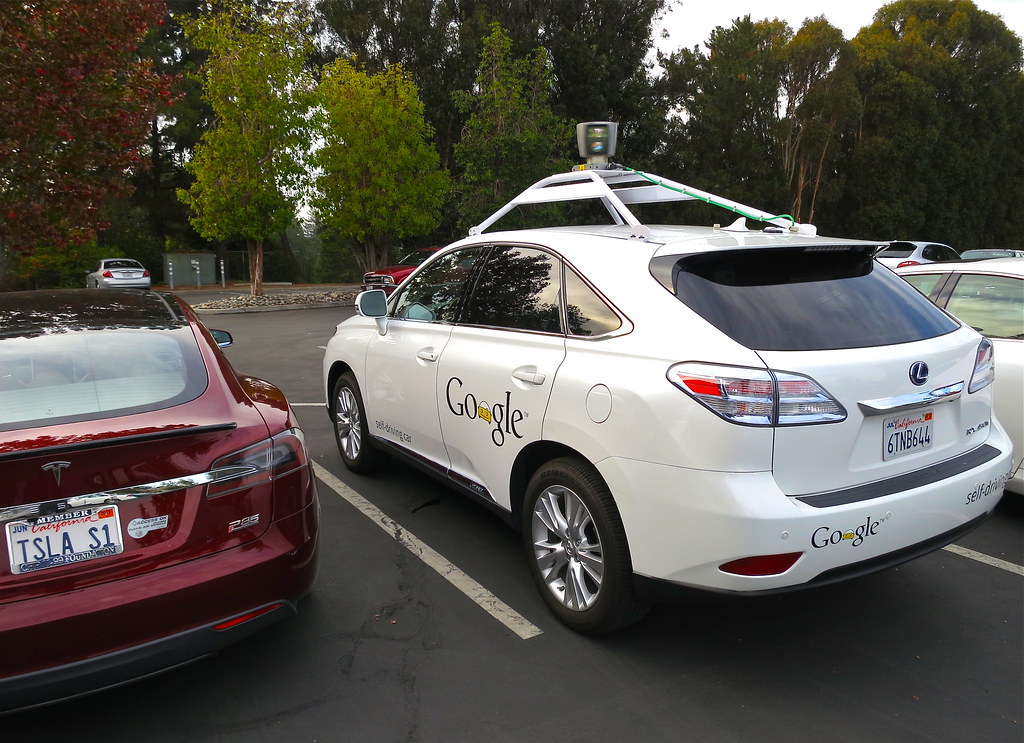
15. **Never Drive While Impaired**While many distractions are avoidable through conscious effort and habit changes, driving while impaired by alcohol or drugs represents a far graver and entirely preventable risk. This isn’t just a distraction; it’s a profound compromise of your physical and cognitive abilities, making it extraordinarily dangerous for you, your passengers, and every other person on the road.
If you have been drinking alcohol or have taken medications that can impair your judgment, coordination, or reaction time, the decision is simple and non-negotiable: do not drive. Impairment, whether from legal or illegal substances, severely hinders your ability to operate a vehicle safely, leading to catastrophic consequences. Drugs or alcohol are involved in almost 40% of all crashes, underscoring the severity of this risk.
Instead of risking a life, plan ahead. If you know you’ll be consuming substances that could impair you, arrange for a designated sober driver. Alternatively, utilize ride-sharing services, call a cab, or make plans to stay overnight. Waiting until you are fully sober and alert is not just a recommendation; it is a critical life-saving imperative.
There is no scenario where driving under the influence of any impairing substance is acceptable. The potential for tragedy is immense, and the consequences are devastating and irreversible. By committing to never drive while impaired, you uphold the highest standard of road safety and ensure you are not only focused but also fully capable of handling the demands of driving. This is the ultimate act of responsibility behind the wheel.
Read more about: Robin Williams’ Final Act: Unmasking the Invisible Monster of Lewy Body Dementia and a Widow’s Enduring Love
Mastering the art of attentive driving is an ongoing commitment, a blend of preparation, active vigilance, and a deep understanding of your own limitations. These 15 simple, yet profoundly effective, strategies move beyond fleeting digital solutions, empowering you with the enduring habits and a safety-first mindset that truly make a difference. By integrating these practices into every journey, you’re not just preventing distracted driving; you’re actively creating safer roads for yourself, your loved ones, and your entire community. Drive focused, live fully.



